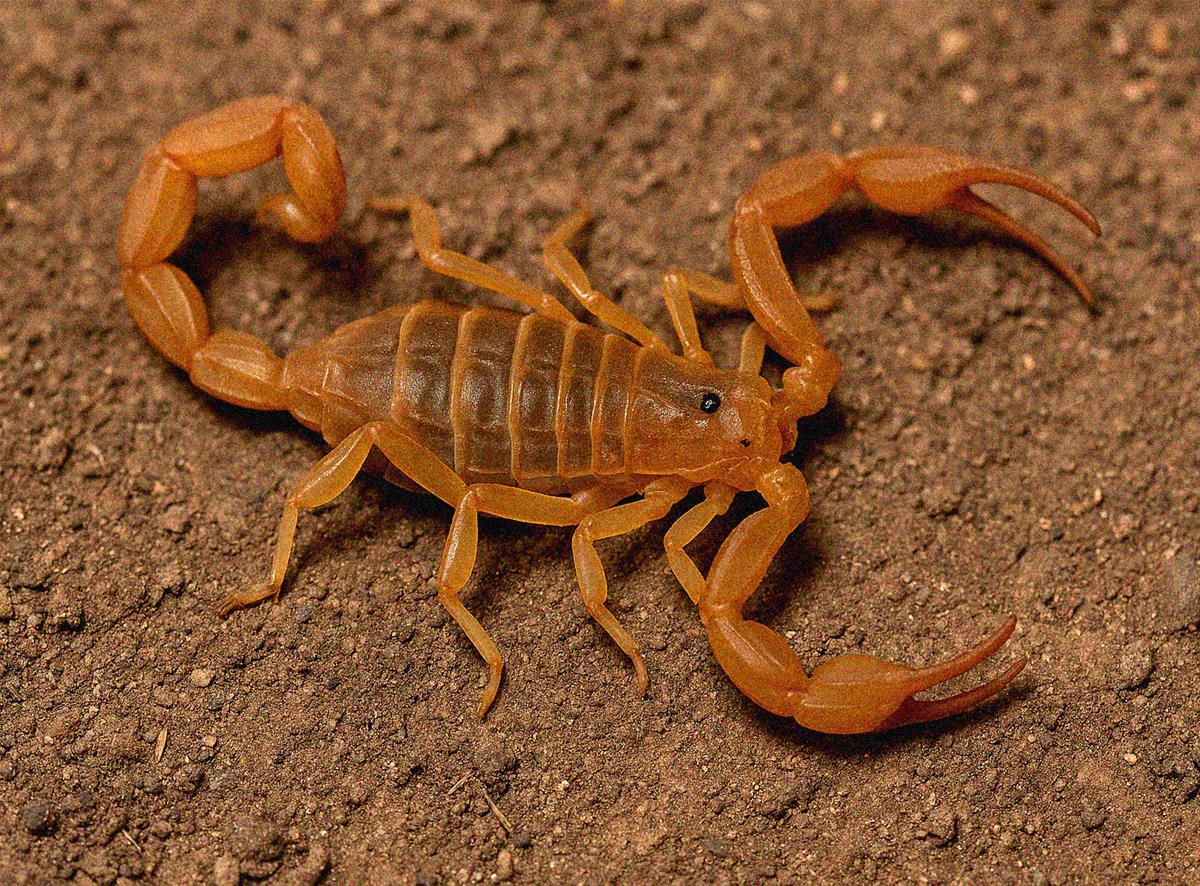

Location at the Zoo
Americas
Region
North America
Bark Scorpion
Centruroides sculpturatus
The Bark scorpion is a small, slender, and highly venomous scorpion, light tan to yellowish in colour with darker markings along the body. It has a thin tail, long pincers, and is nocturnal. Known for its climbing ability, it’s one of the few scorpions in North America that regularly scales walls, trees, and even ceilings.
HEAD AND BODY LENGTH: 6.5 to 8 centimetres (2.5 to 3.25 inches)
HEIGHT AT SHOULDER: N/A (not applicable to invertebrates)
TAIL LENGTH: About half its body length, curved upward, ending in a venomous stinger
WEIGHT: Less than 2 grams
Conservation Status: IUCN

Distribution
Widely distributed across the Sonoran Desert region, particularly in Arizona, and extending into surrounding areas of the southwestern United States and northern Mexico.Habitat
Prefers warm, dry desert environments with plenty of crevices to hide in—such as under rocks, bark, logs, and debris. In urban areas, they can be found in homes, gardens, and wood piles. They are excellent climbers and often hide in vertical cracks or under tree bark.Diet
Carnivorous, feeding on insects, spiders, and other small arthropods. Bark scorpions use their pincers to grab prey and their venomous sting to immobilize it.Reproduction
Mating typically occurs in the warmer months. After a complex courtship dance, females give birth to live young (usually 25–35) which ride on the mother’s back until their first moult. The young become independent within a couple of weeks.Adaptation
Nocturnal behaviour helps avoid heat and predators.
Specialized hairs and sensors detect vibrations and movements of prey.
UV-reactive exoskeleton glows under blacklight—possibly a form of communication or UV protection.
Climbing ability allows access to hiding places most other scorpions can’t reach.
Threats to Survival
Predation by birds, reptiles, and larger invertebrates.
Habitat loss in some areas due to development.
Pesticide use can reduce local populations.
Otherwise, it is a hardy and adaptable species.











